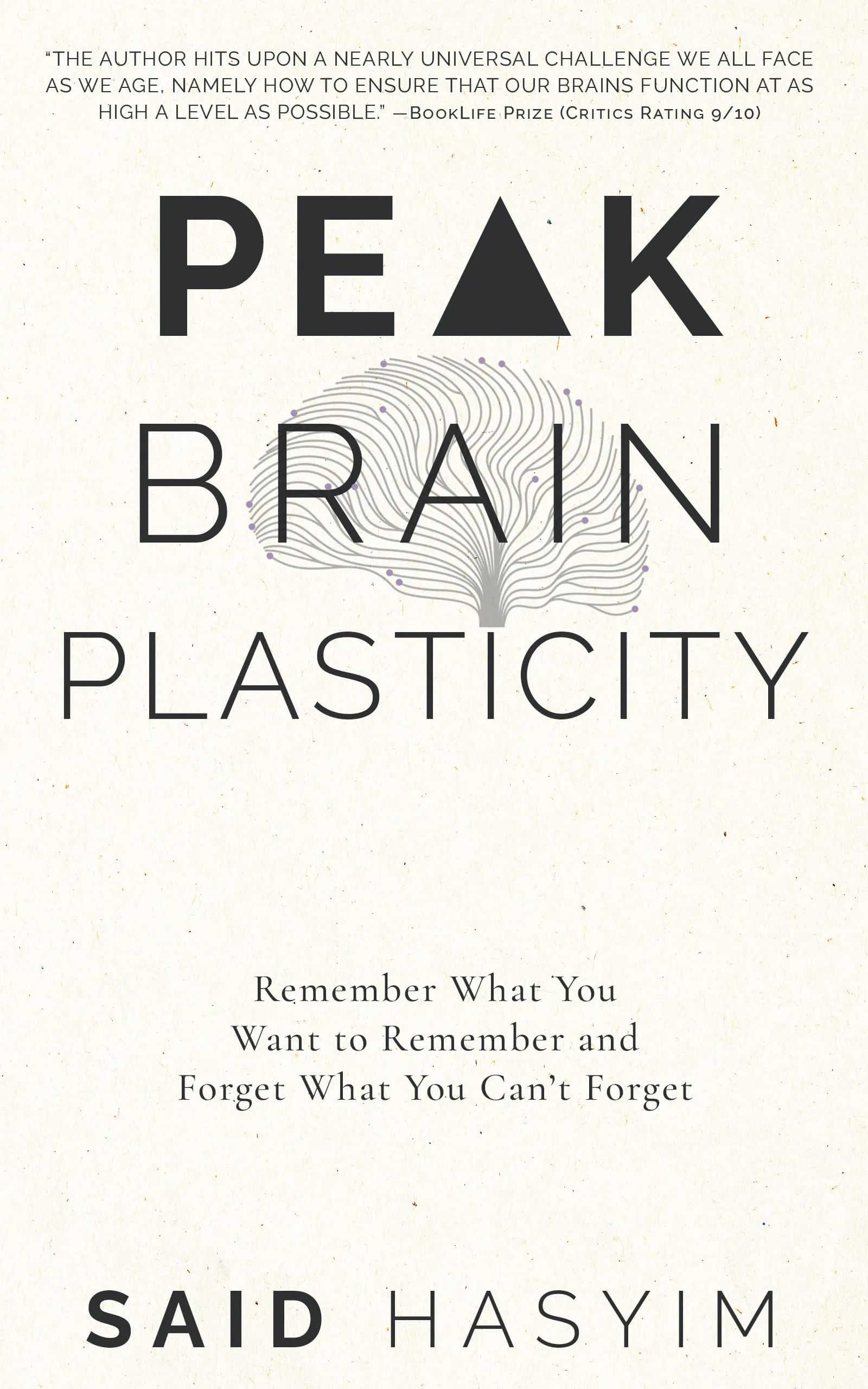The Creative Process: A Memory Augmentation Guide
The creative process can often feel elusive, a mysterious journey where thoughts and ideas collide, sometimes leaving us feeling lost or stuck. However, by understanding the mechanics of memory and employing intentional techniques to augment it, we can enhance our creativity and unlock new levels of inspiration. This guide dives deep into the interplay between memory and creativity, providing actionable steps to enrich your creative process.
Understanding Memory
Memory is the foundation of creativity. It allows us to store, retrieve, and manipulate information, providing the building blocks for innovative thoughts. Memory isn't static; it's dynamic, constantly being reshaped by our experiences and perceptions. Understanding how memory works can lead to better methods of harnessing it for creative endeavors.
Types of Memory
When we discuss memory, we typically reference several types:
Short-Term Memory: This is where information resides temporarily, allowing us to hold thoughts for brief periods.
Long-Term Memory: This involves the storage of information over extended durations, often divided into explicit (declarative) memory and implicit (non-declarative) memory.
Working Memory: This is the ability to manipulate information held in mind and is crucial for problem-solving and creativity.
Episodic Memory: This pertains to autobiographical events and experiences, anchoring our thoughts and ideas in personal context.
Semantic Memory: This involves general knowledge and concepts about the world, independent of personal experience.
Memory and Creativity
The link between memory and creativity can be visualized as a web. The more connections between ideas stored in memory, the greater the potential for creative insights. When we draw from our memories to create something new, we weave together various threads of information, emotions, and experiences.
Challenges to Memory in the Creative Process
While memory is a powerful ally, it can also present challenges. Some common issues include:
Forgetting: Information fades over time, making it difficult to recall important ideas.
Interference: New information can interfere with the ability to retrieve existing memories, leading to creative blocks.
Misattribution: Sometimes, we may remember things but inaccurately attribute them, leading to confusion and misdirected creative energy.
Techniques for Memory Augmentation
To effectively leverage memory within the creative process, several techniques can be employed to enhance recall and promote innovation.
1. Active Engagement
Engage your memory actively rather than passively. Instead of merely reading or observing, take notes, highlight key ideas, and discuss concepts with others. This involvement helps encode information into long-term memory, making it retrievable later.
2. Storytelling
Utilize storytelling as a means of integrating your memories. Transforming ideas and experiences into narratives helps create emotional connections that cement them in memory. When you share or reflect on these stories, you reinforce their significance in your creative process.
3. Visualization Techniques
Visualizing concepts can be an effective way to enhance memory. Mind maps or diagrams can help you organize thoughts visually. Create sketches or illustrations to accompany ideas, making them easier to recall later.
4. Chunking Information
Breaking larger concepts into chunks can ease the cognitive load. By grouping related ideas together, you improve retention and retrieval. This technique is particularly useful when brainstorming or developing complex projects.
5. Use of Mnemonics
Mnemonics are memory aids that can assist in memorizing complex information. Using acronyms, visual imagery, or rhymes can facilitate the retention of ideas, making them more accessible during the creative process.
6. Regular Review
Regularly revisiting information is crucial for memory retention. Schedule periodic reviews of your notes, sketches, and ideas, reinforcing them in your mind. This review can prevent forgetting and spark new connections or insights.
7. Embrace Failure
Creativity inherently involves trial and error. Embrace the failures and setbacks along the way as opportunities to learn. Reflecting on what went wrong enhances episodic memory and can lead to greater creative breakthroughs in the future.
Incorporating Memory Techniques into Your Creative Routine
To fully embrace these memory augmentation techniques, consider incorporating them into your creative routine. Here’s how you might do it:
Morning Mind Mapping
Start each day with a quick mind map. Jot down key thoughts, ideas, and inspirations. Allow your mind to wander, connecting disparate ideas. This exercise serves as a warm-up for creativity and a consolidation of thoughts.
Afternoon Story Sessions
Set aside time in the afternoon to transform your daily experiences or brainstormed ideas into stories. Write narratives that link your thoughts together, reinforcing memory while enhancing your creative output.
Evening Reflections
At the end of each day, spend a few minutes reflecting on what you learned. Consider what inspired you, what sparked new ideas, and how you overcame challenges. This daily review aids in encoding experiences into your long-term memory.
Conclusion
The creative process, while at times challenging, can be significantly enhanced by understanding and augmenting memory. By recognizing the interplay between these two domains, you can cultivate a more profound and efficient creative journey.
In the words of the great poet Pablo Neruda: "The memory of you emerges from the night around me." Expand your creative horizons by embracing memory augmentation techniques, and watch as your ideas take flight. Through active engagement, storytelling, visualization, and more, you can enrich your memory and, in turn, your creative process. The landscape of inspiration is vast—navigate it well.
Happy creating!
Harness the Power of Neuroplasticity
Discover Peak Brain Plasticity, a practical book to harnessing neuroplasticity. Enhance your memory, learn new languages quickly, and alleviate anxiety with effective study methods. Uncover daily habits that impact cognitive health and explore techniques for accelerated learning and memory retention. Unlock your brain's potential for growth and transformation.
